What Is Solar Asset Management?
Solar asset management (SAM) involves overseeing and maintaining solar energy projects to ensure they operate efficiently, generate maximum electricity, and offer good financial returns.
It combines monitoring the technical performance of solar panels, managing finances related to the projects, and handling administrative tasks like contracts and compliance.
The goal is to keep the solar projects running effectively throughout their lifespan, optimising both their energy output and profitability.
This process is crucial for investors and operators in the solar industry to ensure their assets contribute positively to both their portfolio and the broader shift towards renewable energy.
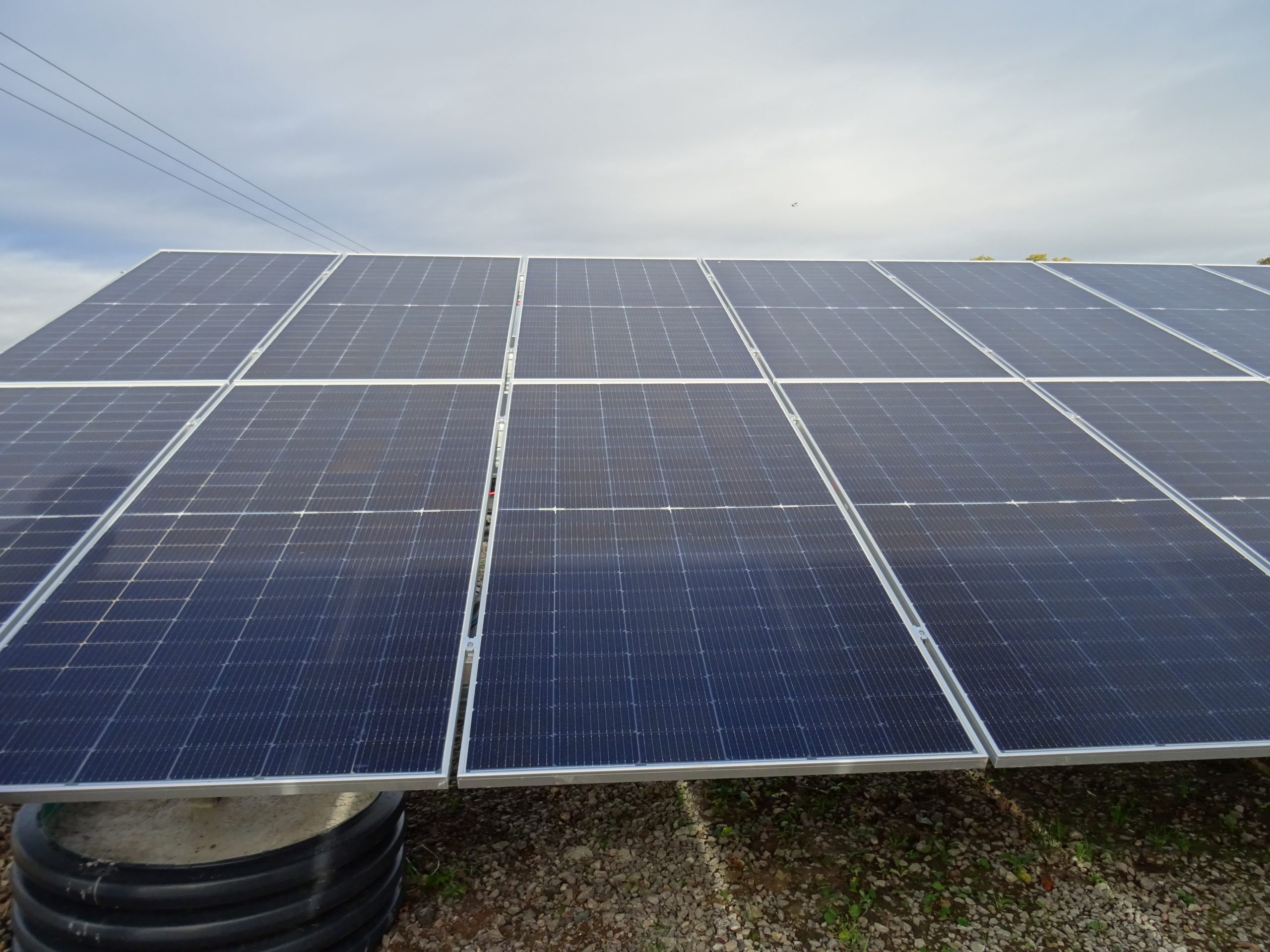
The Basics of Solar Asset Management
At its core, SAM encompasses a strategic blend of solar portfolio management, renewable energy asset management, and specific photovoltaic (PV) asset management practices.
These practices are designed to optimise the operational performance and financial returns of solar projects.
By integrating principles of solar investment management, stakeholders can ensure that their solar assets are well-positioned to generate sustainable revenue streams.
Additionally, effective solar operations and maintenance (O&M) management is a critical component, focusing on the day-to-day upkeep and optimisation of solar installations.
This comprehensive approach to managing solar assets not only enhances the viability of individual solar projects but also contributes to the broader adoption of renewable energy technologies.
Through diligent monitoring, financial oversight, and operational efficiency, solar asset management plays a pivotal role in the renewable energy sector, ensuring that solar investments deliver on their promise of clean, sustainable power.
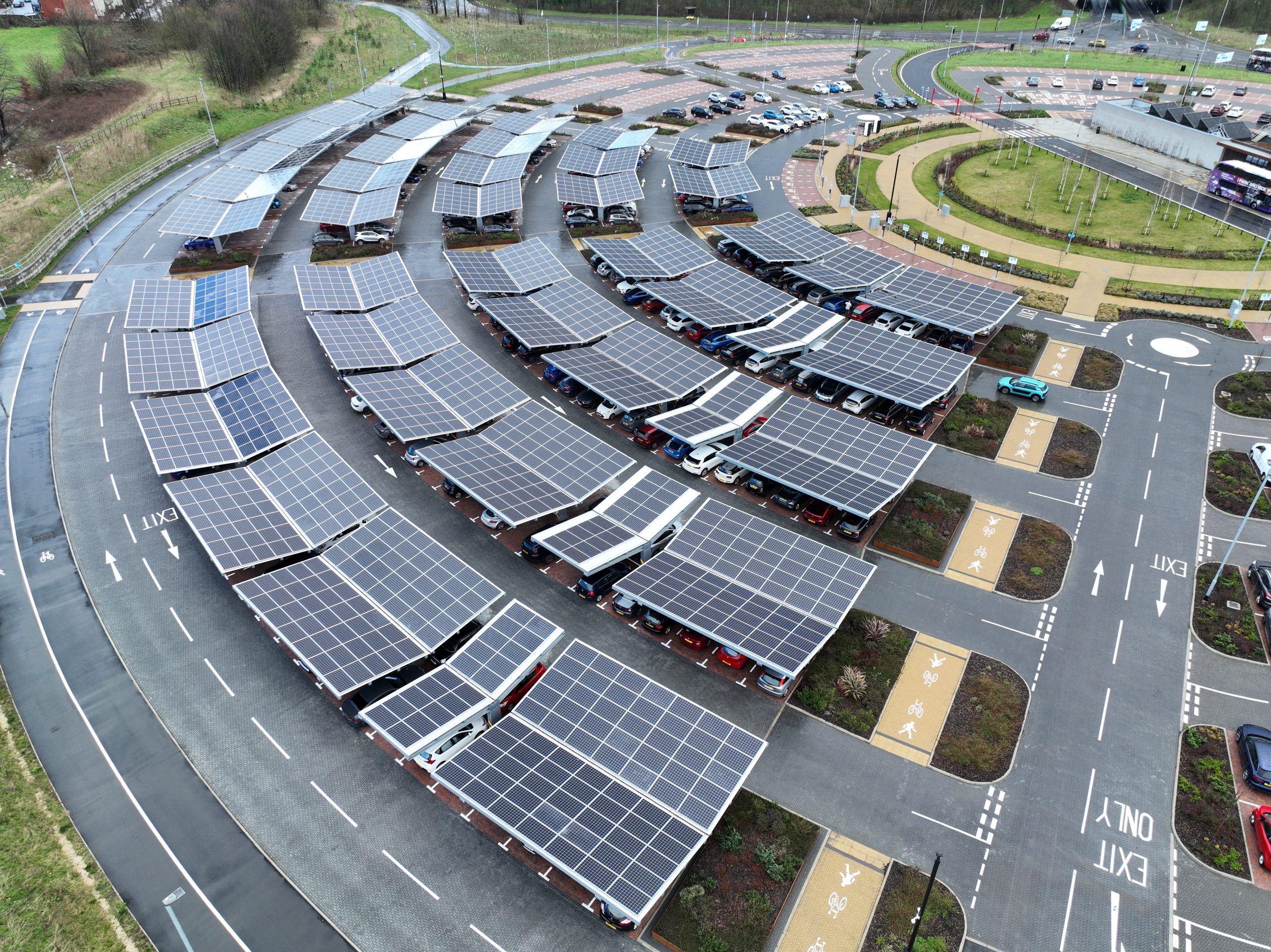
The Three Pillars of Solar Asset Management
Each plays a critical role in the orchestration of solar projects, ensuring that solar panels and solar PV modules deliver optimal performance and profitability.
- Financial Management: This pillar encompasses investment strategies, monitoring ROI, and mitigating financial risks. It is the financial acumen behind SAM that propels the fiscal health and growth of solar portfolios.
- Technical Management: Involves the hands-on engagement with the solar systems, including regular maintenance and performance optimisation. Technical managers use data and sophisticated tools to preserve and enhance asset performance management.
- Operational Management: Operational management addresses the day-to-day workflow, focusing on efficiency and reliability. It’s the cog in the wheel that keeps the solar installations churning, ensuring that every process, from monitoring to facility management, functions like a well-oiled machine.
Financial Management
The financial pillar of solar asset management is crucial for ensuring the economic success and stability of solar projects. Key components of this pillar include:
- Maximising Economic Viability: Essential practices within solar asset management involve careful financial planning, including budgeting, cash flow optimisation, and risk management, to boost the profitability of solar investments.
- Strategic Financial Oversight: This entails leveraging advanced financial forecasting and capital management techniques to improve solar asset management outcomes, aiming for optimal returns on solar investments.
- Managing Financial Commitments: A core aspect of solar asset management is ensuring adherence to financial obligations, securing incentives, and complying with relevant financial regulations to maintain the fiscal health of solar projects.
- Investment Valuation in Solar Asset Management: Conducting thorough market analyses and valuations, taking into account current trends, regulations, and technology shifts, is vital for accurate market appraisal.
- Comprehensive Solar Portfolio Management: Implementing a holistic approach to managing solar assets allows for informed risk-reward decision-making across the portfolio, enhancing the strategic position of solar investments.
By focusing on these areas, the financial management aspect of solar asset management is instrumental in navigating the economic landscape of the solar industry.
It ensures that solar projects are not only environmentally beneficial but also financially robust, promoting sustained growth and investment in renewable energy.
Technical Management
This aspect of solar asset management involves several key activities designed to maintain and improve the technical efficacy of solar installations:
- System Performance Monitoring: Continuous monitoring of solar system performance is vital to detect any deviations from expected energy output levels. This involves analysing data from photovoltaic panels and other components to ensure they operate within optimal parameters.
- Preventive Maintenance and Repairs: Implementing a proactive maintenance schedule is essential to prevent potential issues before they escalate. Regular inspections, cleaning of solar panels, and timely repairs are integral to minimising downtime and maintaining high performance.
- Technology Upgrades and Optimisation: Staying abreast of advancements in solar technology is a crucial part of technical management within solar asset management. Upgrading system components and employing new technologies can significantly enhance efficiency and energy yield.
- Compliance and Safety Standards: Ensuring that solar installations comply with industry standards and safety regulations is a fundamental responsibility. This includes adhering to electrical codes, environmental regulations, and workplace safety practices to safeguard both the system and personnel.
- Data Analysis and Performance Reporting: Utilising sophisticated analytics tools to process performance data helps identify trends, efficiency opportunities, and areas for improvement. Detailed reporting enables stakeholders to make informed decisions regarding their solar assets.
Effective technical management in solar asset management not only guarantees the operational efficiency of solar projects but also plays a pivotal role in optimising their financial returns.
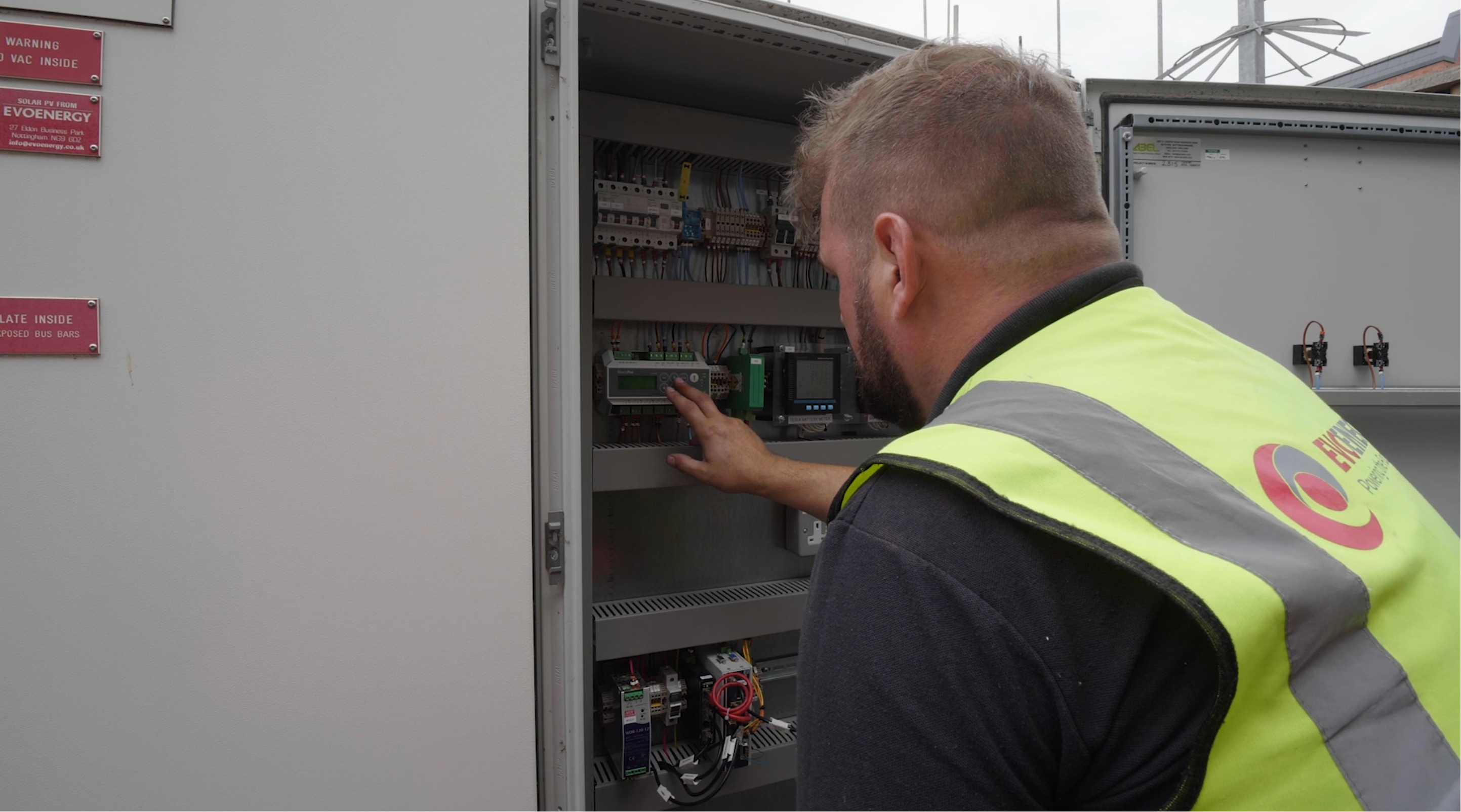
Operational Management
This facet of SAM encompasses a wide range of activities focused on the daily operations and administrative tasks essential for the smooth operation of solar assets. Key aspects can include:
- Contract Management and Compliance: Effective operational management ensures that all solar projects adhere to contractual obligations and regulatory requirements. This includes managing leases, power purchase agreements (PPAs), and compliance with local authorities.
- Financial and Performance Reporting: A core component of operational management is the regular generation of detailed reports on the financial performance and energy output of solar assets. This transparency allows stakeholders to monitor project success and make data-driven decisions.
- Stakeholder Communication: Maintaining open lines of communication with all stakeholders, including investors, contractors, and regulatory bodies, is essential. Operational management facilitates these interactions to ensure that all parties are informed and aligned with the project’s goals and progress.
- Asset Lifecycle Management: From inception through decommissioning, operational management covers every phase of a solar asset’s lifecycle. This includes overseeing project development, operation, maintenance, and eventual asset retirement, ensuring that each phase is executed efficiently and sustainably.
- Risk Management: Identifying, assessing, and mitigating risks associated with solar projects are critical responsibilities under operational management. This includes financial risks, operational hazards, environmental concerns and safeguarding the asset’s value and performance.
By emphasising these operational management practices within solar asset management, stakeholders can optimise the operational efficiency, regulatory compliance, and financial viability of their solar projects.
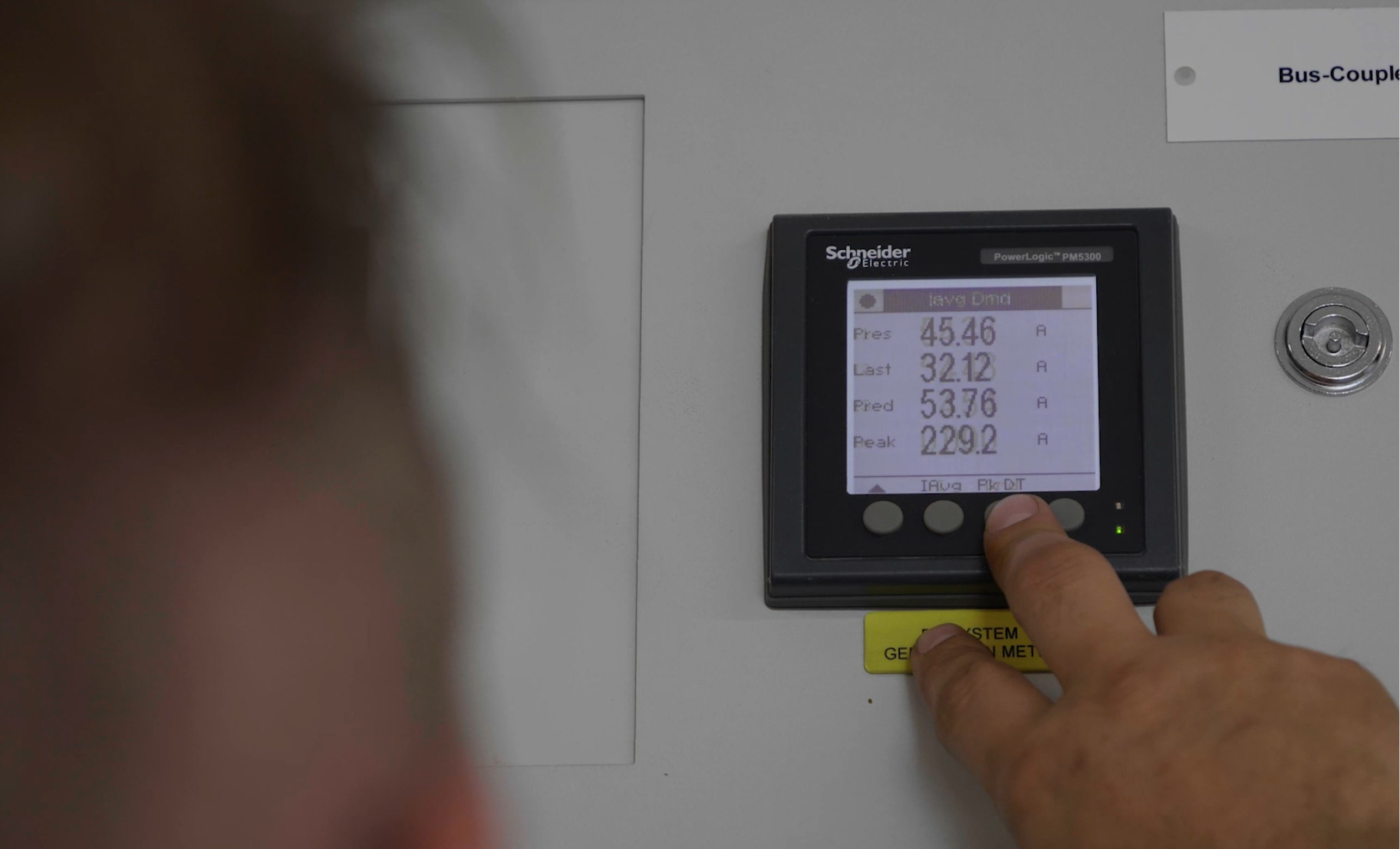
Challenges and Best Practices
Challenges
Navigating the complexities of SAM requires a strategic approach to overcome inherent challenges and capitalise on opportunities for optimisation and growth.
Key challenges include managing technical performance variability, adhering to fluctuating regulatory landscapes, mitigating financial risks, maintaining operational efficiency, and integrating technological advancements.
These obstacles necessitate a comprehensive and proactive management strategy to ensure the sustainable performance and profitability of solar projects.
Best Practices
To effectively address these challenges, adopting best practices is essential.
This includes implementing advanced performance monitoring systems for real-time oversight, engaging proactively with regulatory developments, diversifying financial strategies to buffer against market volatility, and pursuing operational excellence through systematic maintenance and staff training.
Additionally, staying abreast of technological advancements and fostering open communication with all stakeholders are critical for adapting to the fast-paced solar industry.
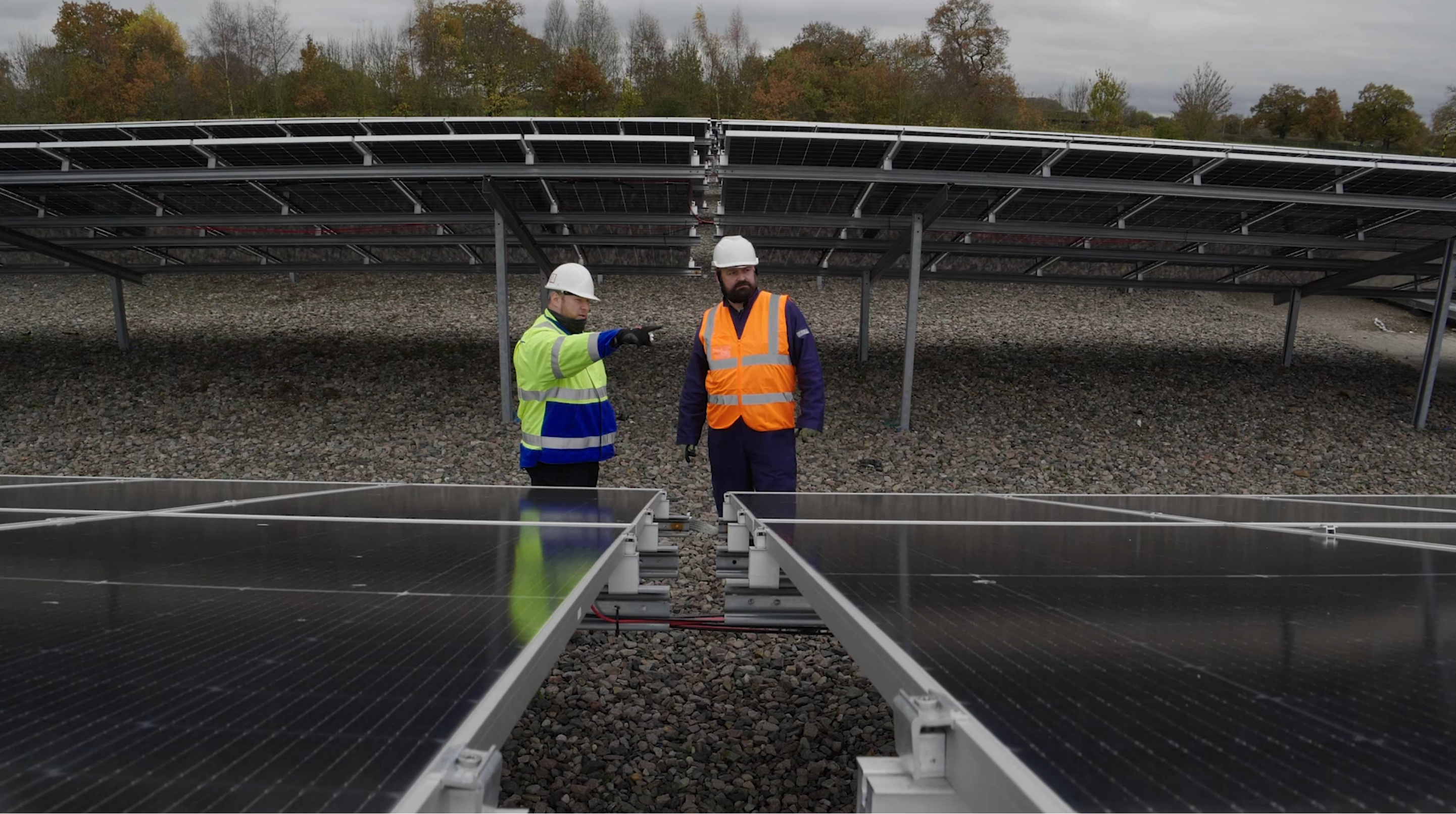
The Future of Solar Asset Management
The horizon of solar asset management is poised for a transformative shift.
Rapid technological innovations and climate imperatives are driving the industry’s evolution.
Asset managers must remain agile, harnessing the latest in smart analytics, automation, and machine learning to optimise performance and extend the longevity of solar investments.
The integration of cutting-edge energy storage solutions and the digitisation of asset tracking systems are expected to redefine operational efficiency.
Enhanced predictive maintenance through IoT and AI will minimise downtime and maximise yield.
The Blockchain could revolutionise the transparency and security of energy transactions, influencing the privacy policy and terms of trade.
With an increased governmental focus on climate change, solar asset managers must remain adaptable to evolving regulations and policies, ensuring projects remain viable and compliant.
Sustainability practices and ESG criteria are becoming crucial in investment strategies, requiring asset managers to implement eco-friendly operations and prioritise responsible sourcing, aligning with global environmental objectives and attracting eco-conscious investors.
In anticipation of these advancements, stakeholders from PV plant operations to solar business development consultants must prioritise continued education and adaptation.
The future of solar asset management beckons a new era of efficiency and integration, where embracing change is not merely advisable, it’s indispensable for those aiming to remain at the industry’s forefront.
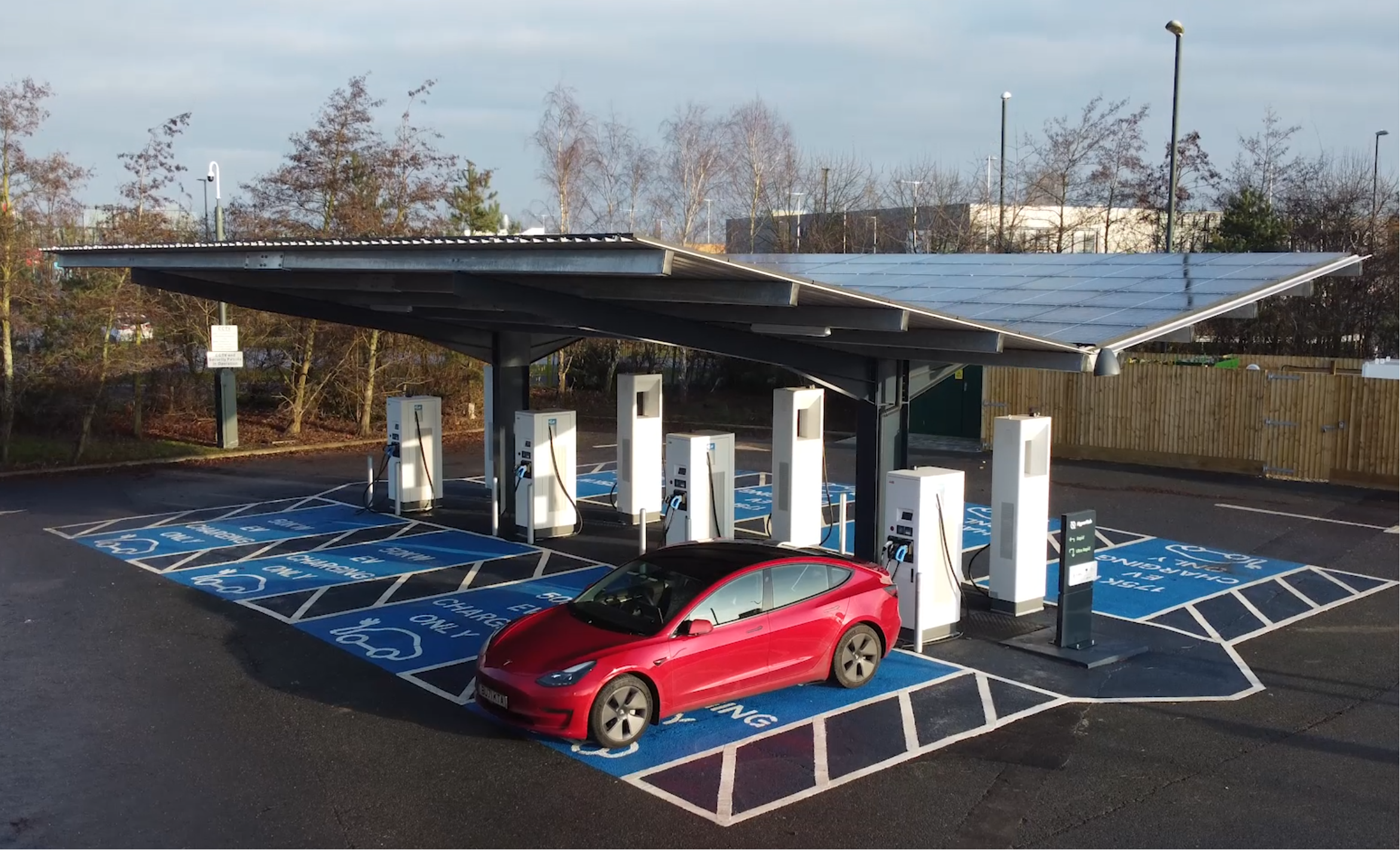
Conclusion
For those invested in the pursuit of peak solar asset performance, the journey does not end here. We encourage you to continue exploring DNVs asset management service offering, and other resources, to further enlighten your path.
The future is bright for solar asset managers, project developers, and investors who are vigilant and adaptable in this ever-changing industry.
FAQs
Below are some frequently asked questions about solar asset management that might just shine a light on the topic.
What is solar asset management and why is it important?
Solar asset management involves overseeing the financial, technical, and operational aspects of solar energy projects to ensure they perform optimally, are profitable, and comply with regulations. It’s crucial for maximising the investment returns on solar projects, ensuring their long-term sustainability, and contributing to the global transition towards renewable energy.
How does technology impact solar asset management?
Technology plays a pivotal role in SAM by enhancing efficiency and reliability. Advanced tools such as artificial intelligence (AI), machine learning, and Internet of Things (IoT) devices enable real-time monitoring, predictive maintenance, and improved decision-making, leading to increased energy output and reduced operational costs.
What are the key components of financial management in solar asset management?
Financial management within SAM focuses on budgeting, financial forecasting, managing investment risks, and optimising returns. Key components include monitoring cash flows, leveraging financial incentives, ensuring compliance with financial regulations, and employing strategic investment management practices to maximise profitability.
Can solar asset management contribute to sustainability goals?
Yes, SAM directly contributes to sustainability goals by optimising the operation and maintenance of solar projects, ensuring they produce clean, renewable energy efficiently. Additionally, incorporating environmental, social, and governance (ESG) criteria into asset management practices can further enhance the sustainability profile of solar investments.
What future trends are expected in solar asset management?
Future trends in SAMinclude the increasing use of cutting-edge technologies for performance optimisation, shifts in regulatory and policy frameworks to support renewable energy, innovative financing models to attract investments, and a greater focus on sustainability and ESG criteria. These trends will drive the evolution of SAM, ensuring the sector’s growth and contribution to a cleaner energy future.
